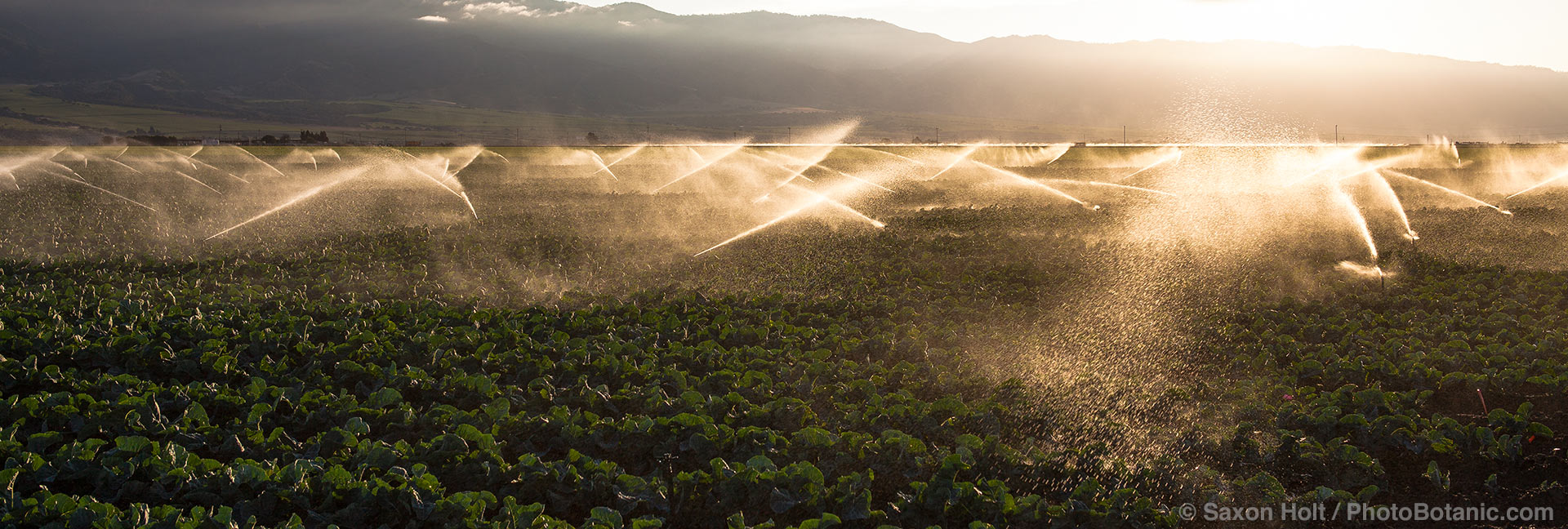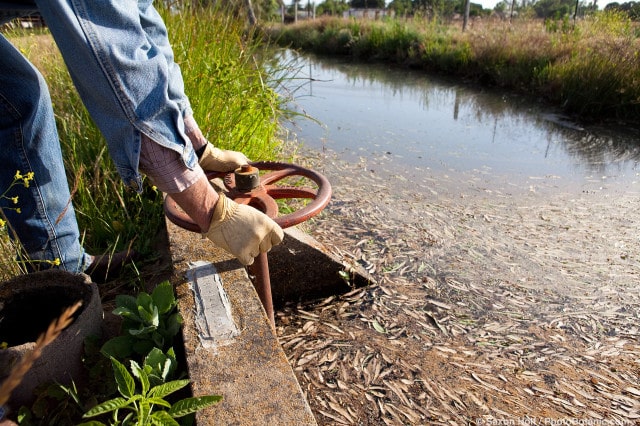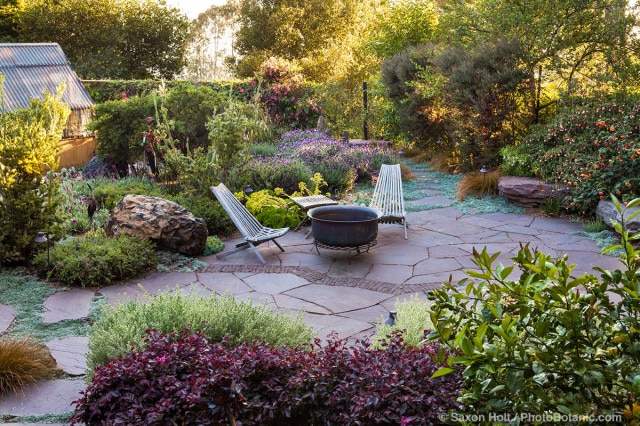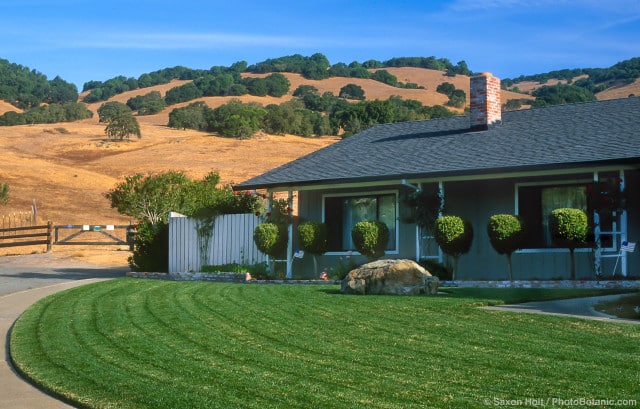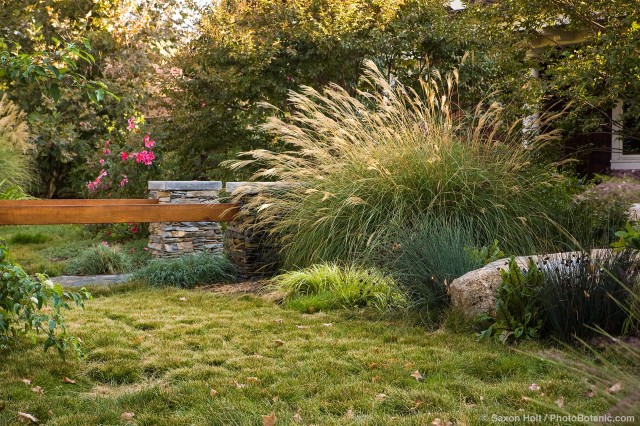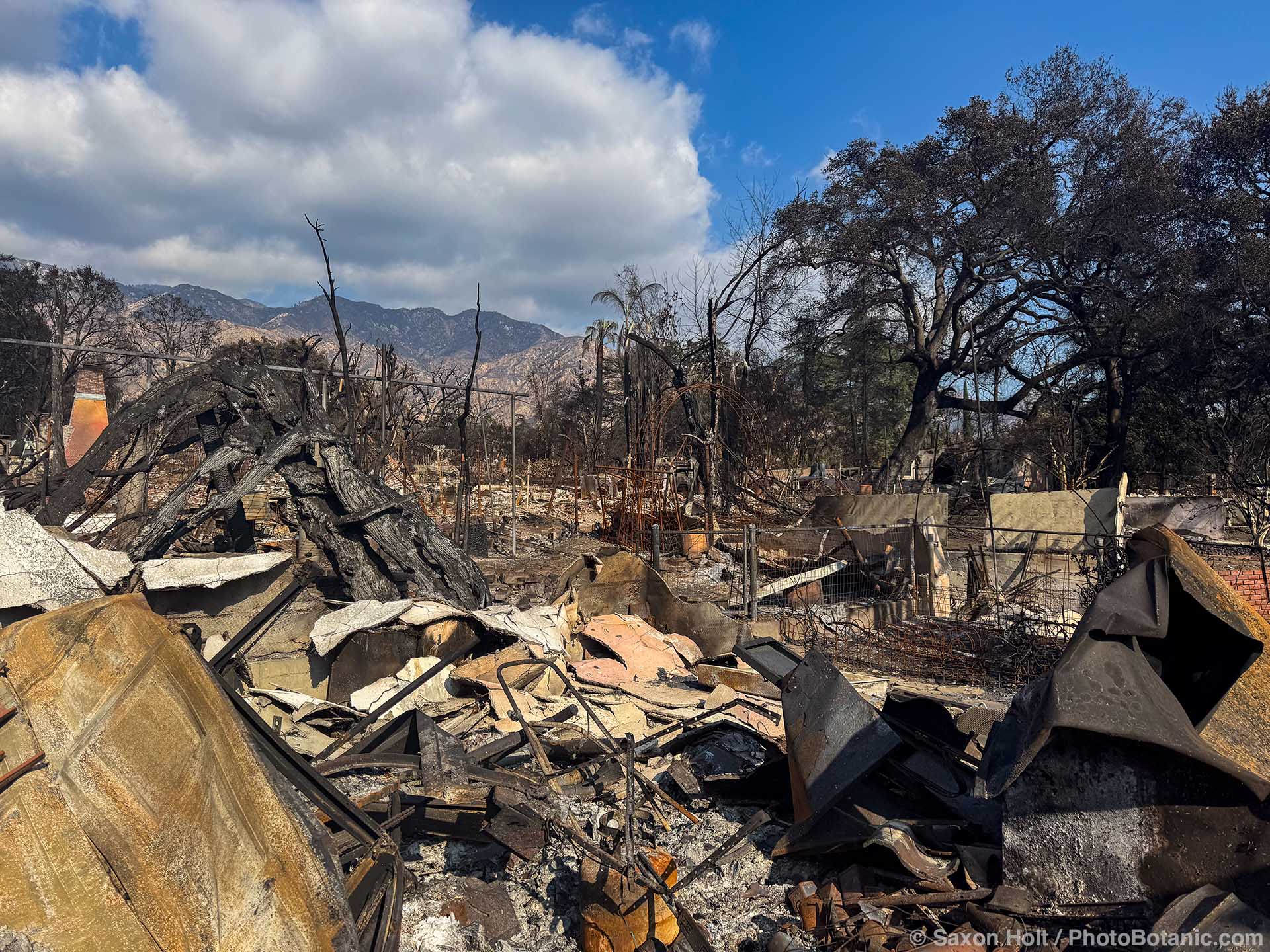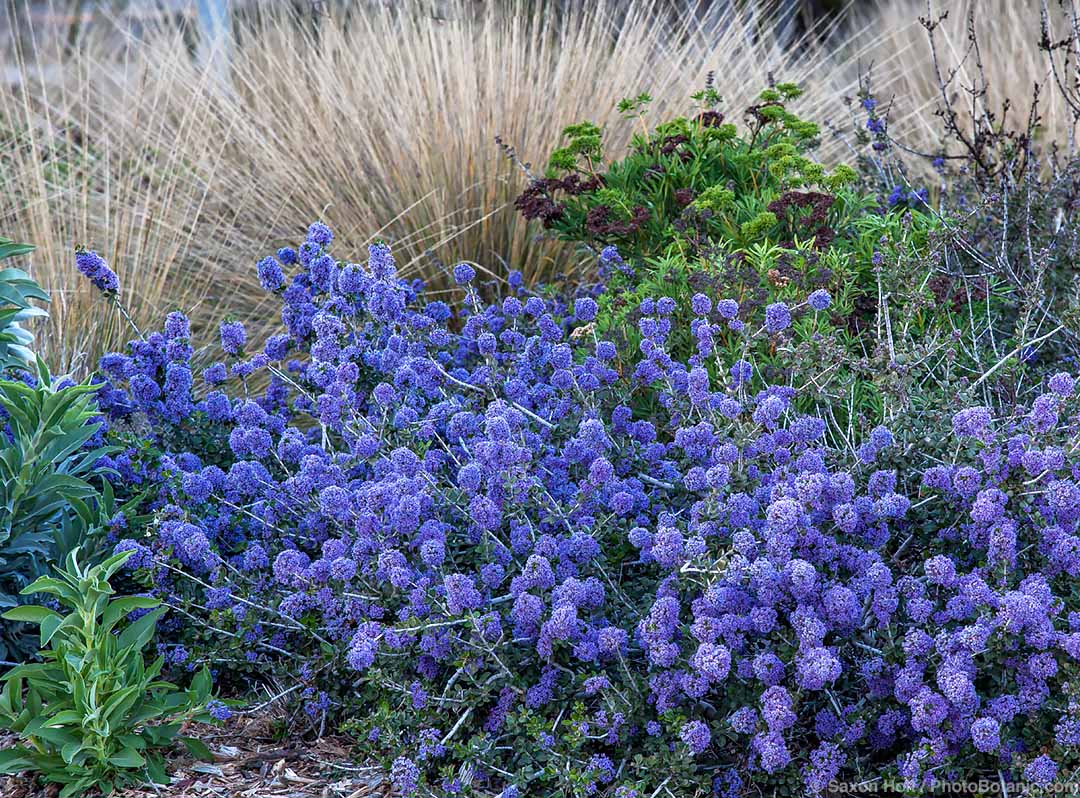Water for summer-dry gardens
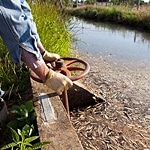
Share This!
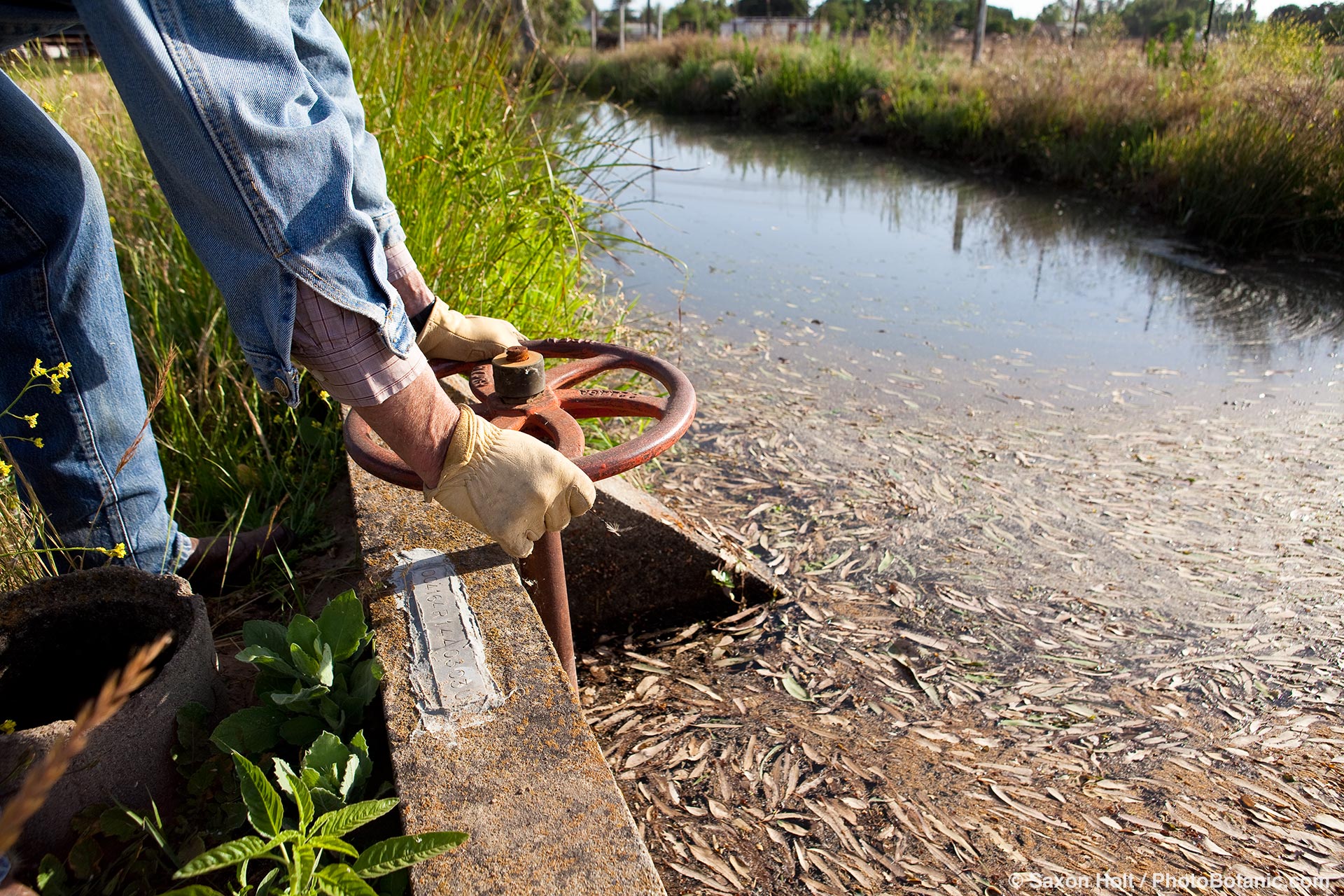
But dry winters are drought and particularly hard on gardeners as the climate changes and winters rains become unpredictable in this era of hydroclimate whiplash. Rainfall patterns have been disrupted and we may get years of dry winters followed by very wet winters with intense atmospheric rivers of rain. Many Water Districts now have mandatory water prohibitions with limits on what we can water (no cars, fountains, or driveways), how we water (no overhead sprinklers), and when we water (only between 7pm and 9am).
My own garden is suffering big time and most plants are on life support. I suppose if I were a succulent gardener, I would not feel so conflicted about using water in my garden. Gardeners are being demonized for our relatively paltry use of water compared to California’s biggest industry – agriculture which uses 75% of the water in the state while accounting for only 5% of industry.
I am conflicted because I know water is precious and gardeners need to be smart about how water is used. I know California farmers feed the world and restricting water to farms means crops simply won’t be planted at all – which has already happened. Many Central Valley towns are facing crisis times and high unemployment due to lack of water.
Water use – allotments, groundwater pumping, reservoirs, canals, river habitats, fish counts, suburban sprawl, swimming pools, and gardens are all once again, the center of discussion as we move to a $9 billion voter proposition on the upcoming ballot. Water has long shaped the growth of California and put at odds the competing interests of urban growth and rural (farm) populations.
For our inevitable growth, the summer-dry climate is at once a blessing and a curse. People clamor to live in this wonderful climate but the rains only come in winter and we need to store the water. Who gets to use the that water is a complex issue, requiring an understanding of all the competing water issues of farming (vegetables, dairy, wine, rice, alfalfa, citrus, almonds, flowers …), the environment (damming rivers, pumping groundwater, stream diversion, fish counts …), and urban growth (population growth, subdivisions, tech industry, Hollywood, tourism …).
We don’t want gardeners to be caught in the crosshairs of these competing interests, each with earnest and well funded advocates. Gardeners need water too. The benefits of gardening to collective society reach far beyond our own gardens, contributing to our collective sanity, communal and environmental well being. We provide oases of flora, homes for fauna; we freshen the air, nurture the soil (as well as the soul), and generally make the concrete jungle livable. In our fire prone climate, healthy hydrated gardens are a protection against fire.
As water becomes more precious gardeners are asked to conserve drip by drop as agriculture fights for acre feet, while environmentalists want to tear down dams, and developers want more single family homes with pools and bathrooms for every bedroom. Gardeners need to stake a claim and prove the value of water spent on gardening. We all want a truly green infrastructure and home landscapes that are hydrated and fire wise.
The best way to do that to show that summer-dry gardens can be water efficient and beautiful at the same time. It is part of our job at the summer-dry project to show this is possible, to change the aesthetic of what we expect to see in gardens here in the West. East Coast, Southern, and English plants and garden styles may look great where water can sustain them, but in the West those gardens look out of place.
There is no worse look than a lush mown lawn; too often the default front yard garden. They are barren ecosystems, monocultures that support no wildlife. There are many reasons to get rid of lawn but in the West the best reason is – they waste water, they give gardening a bad name.
Most water districts now give homeowners incentives to remove their lawns with cash for grass programs, as much as $4 per square foot, that help defray the cost of transitioning to more water efficient landscaping. There are many alternatives to lawn but, in particular we love meadows and bunch grasses. Habitat gardens with native plant support biodiversity; climate adapted plants from other summer-dry regions are garden ready. Anything but lawn !
Grasses are native everywhere. They should be part of every sustainable landscape. Their water needs match their climate. They are particularly suited to summer-dry climates, and native grasses are increasing increasingly available and researched as found in the work of the California Native Grassland Association.
It is certainly possible to have beautiful drought tolerant landscapes but they still need water. Drought is a relative term for every ecosystem and most drought adapted and native plants still need some additional water to look good in a garden. And we need them hydrated for fire safety. This is where gardeners need to claim their share of water resources – and not feel guilty about it.
Summers may be dry, but they need not be barren.
Share This!
Related Articles
By: Saxon Holt
By: Nora Harlow
By: Nora Harlow


